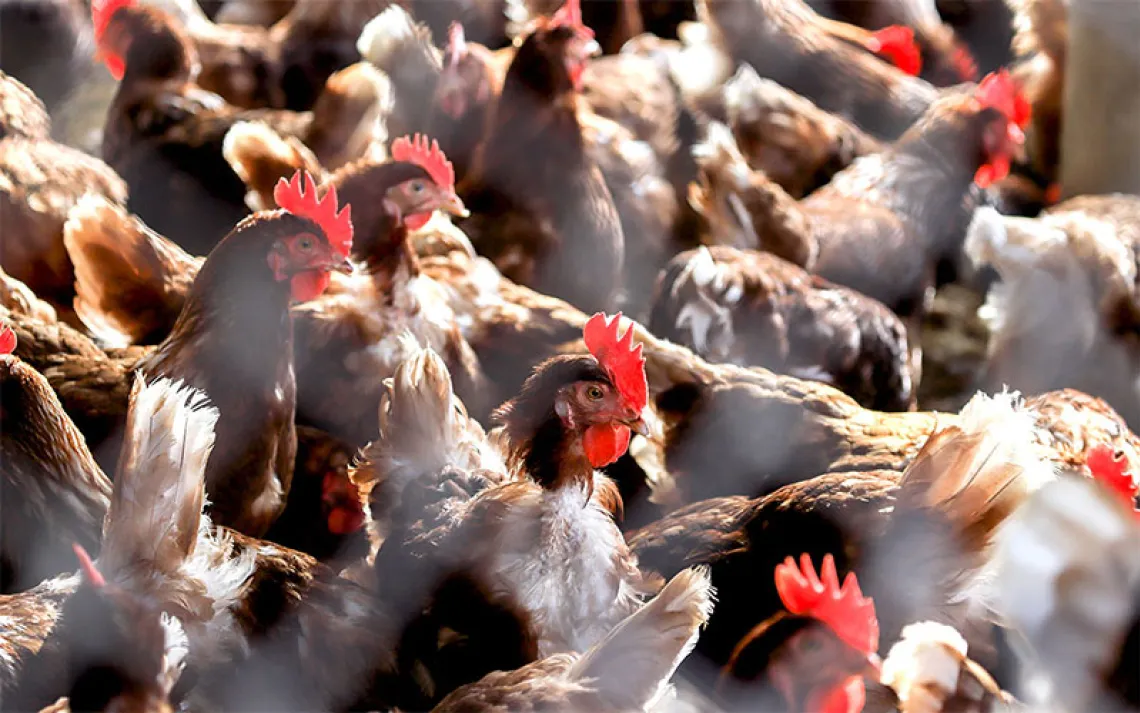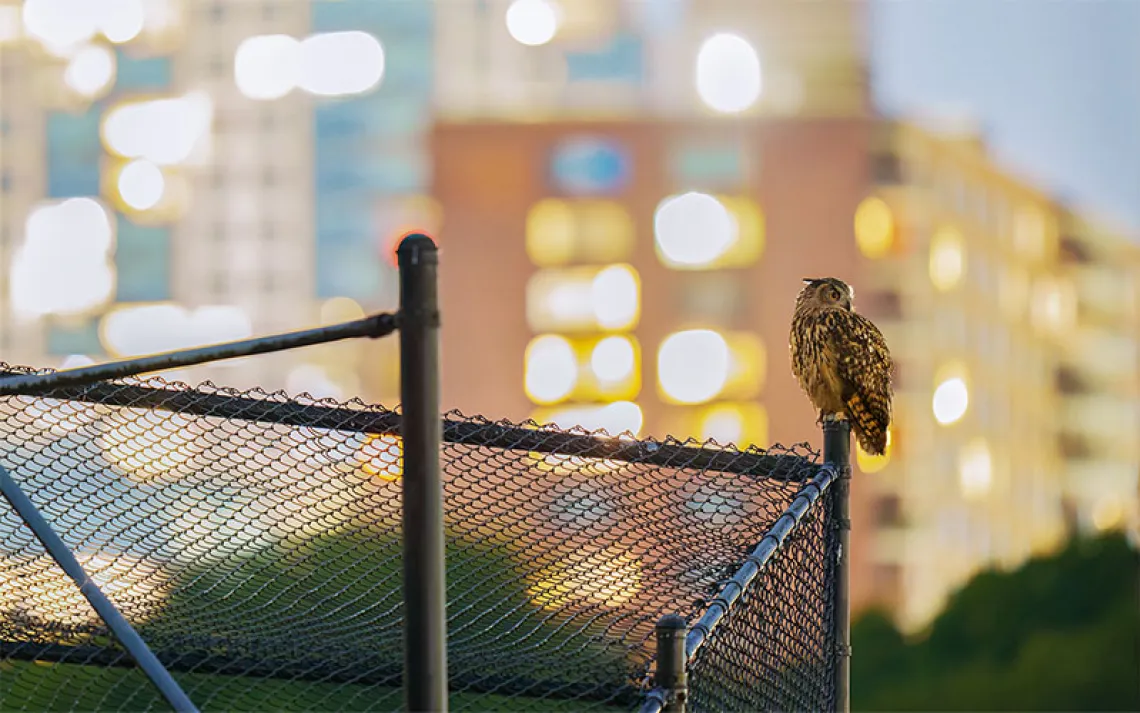Hummingbirds March North, Fueled by Sugar Water
Citizen science data reveals the tiny birds' feeder frenzy

Photo by IStock/Hakoar
A recent study suggests hummingbird feeders in city parks and backyards are dramatically shifting the winter range of Anna’s hummingbirds to as far north as Alaska. From 1997 to 2013, the hummers’ winter range moved 435 miles north, according to data gathered by the Cornell Lab of Ornithology’s Project FeederWatch, a citizen science project where volunteers report which bird species are showing up at their bird feeders.
Emma Greig, manager of Project FeederWatch, says that the impetus for the study came from decades of reports hinting that the birds were expanding north. Those reports dovetailed with accounts from homeowners who maintained heated birdfeeders, who were reporting the presence of Anna’s hummingbirds even in the winter months. Hummingbirds need to gorge on sugary nectar every day to fuel their ultra-fast metabolism and typically follow the path of blooming, nectar-heavy flowers to lower, warmer elevations as winter sets in. Greig wondered if the sugar water in the hummingbird feeders had something to do with the shifting range.
“We thought, maybe people are actually facilitating the survival of these birds over winter and allowing them to persist in colder locations than they normally would,” Greig says. “Potentially, the places in the range expansion they colonized would be associated with more urban locations.”
Anna’s hummingbirds (Calypte anna) are one of the most common species of hummingbird in the American West, with a range stretching along the coast from the Mexican border to Vancouver, Canada. These iridescent green, ping-pong-ball-size birds, known for their phenomenal courtship displays, have acclimated readily to living in cities and are a common sight at backyard feeders. While the species doesn’t migrate long distances from its favored habitat in Arizona and southern California, its winter range has crept toward Alaska over the past four decades.
Greig and colleagues from the University of California at Los Angeles set out to document the birds’ northerly shift over time and figure out what prompted it. Were the birds simply following the warming winter temperatures related to climate change? Or were they lured by backyard snack bars?
Project FeederWatch data offered two crucial clues: a record of the birds’ presence and evidence of where humans were providing feeders. The Anna’s hummingbirds' comfort with city living meant that there were a lot of sightings to work with as well. The team crunched data from more than 2,300 feeder sites in Arizona, California, Oregon, and Washington (1,269 sites in the historical range and 1,037 in the expanded range), looking for patterns.
The researchers found a strong correlation between hummingbirds living in chillier and more urban climes and the presence of feeders nearby. “It’s correlation,” says Greig, of the data, “but I really think it’s true. This bird is adapting to this new set of resources, and it’s happening so quickly—in just decades.” There was little correspondence between hummingbird sightings and areas with warming winter temperatures, giving more weight to the theory that feeders are the deciding factor.
Hummingbirds are skilled at finding the sources of nectar within their territory and can predict the location of food based on where feeders stood the previous year, says Geoff LeBaron, director of the National Audubon Society’s Christmas Bird Count. Once they colonize a feeder-friendly locale, they’ll expand into surrounding areas, increasing the overall population.
Would the hummingbirds be able to survive in their expanded range if humans didn’t provide food? “I’m guessing that if there were no feeders, there would certainly be fewer birds, and possibly none at all,” says Christopher Clark, a hummingbird expert and assistant professor of biology at the University of California at Riverside. Hummingbirds are not especially picky about whether their food is from a feeder or a flower, says LeBaron, who works with the Audubon Society’s citizen science project Hummingbirds at Home. “As long as whatever they do gets them through the winter,” he says, “they’ll do it.”
Clark says that other hummingbird species, such as the black-chinned and Allen’s, have also expanded their ranges in the past few decades. A 2009 Audubon Society study found that 208 North American species had shifted northward over the previous 40 years. More research is needed to know how warming winter temperatures, availability of feeders, or other factors are prompting the northward momentum—and if species benefit from feeders as much as the Anna’s hummingbirds do.
Greig, LeBaron, and Clark say that if you’re one of the 50 million Americans who feed backyard birds, keep doing what brings you joy. Just remember to use plain sugar water and clean the nectar feeder each time it’s filled.
 The Magazine of The Sierra Club
The Magazine of The Sierra Club



